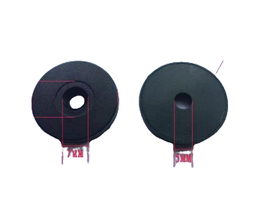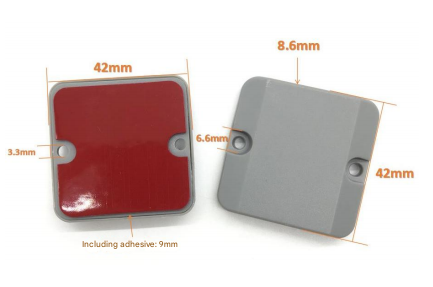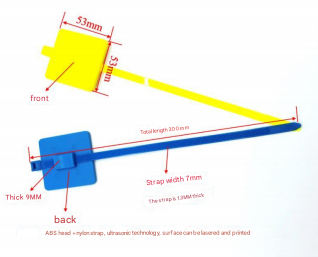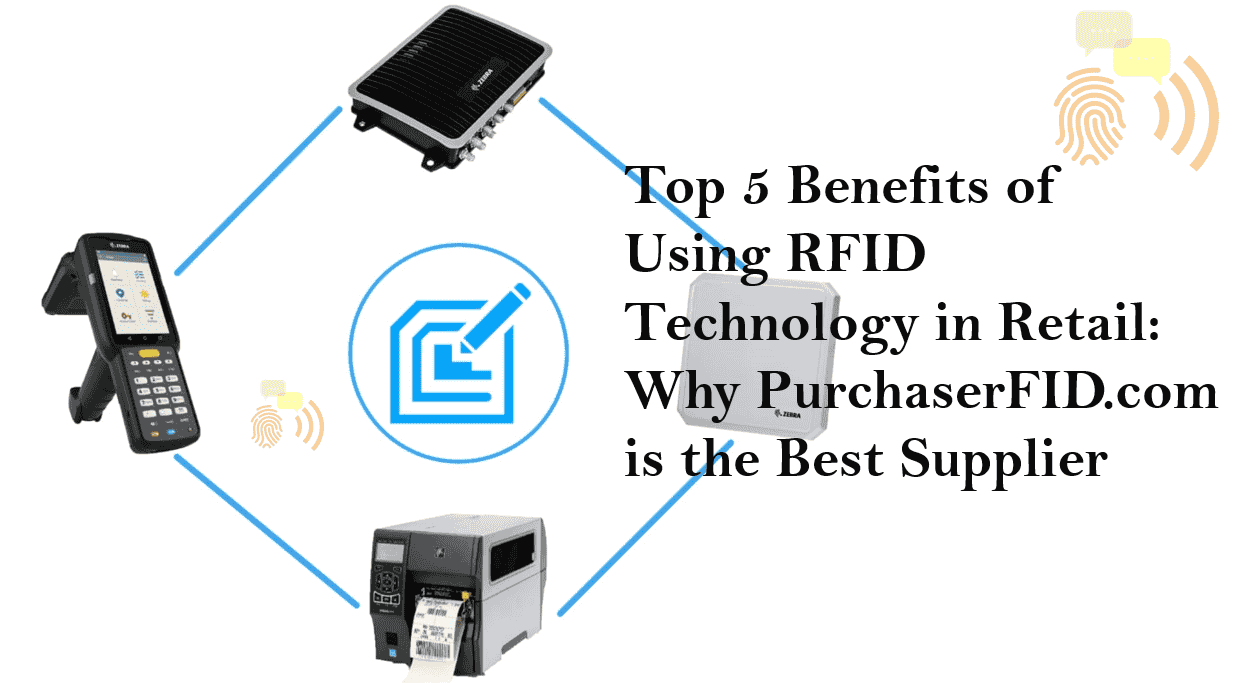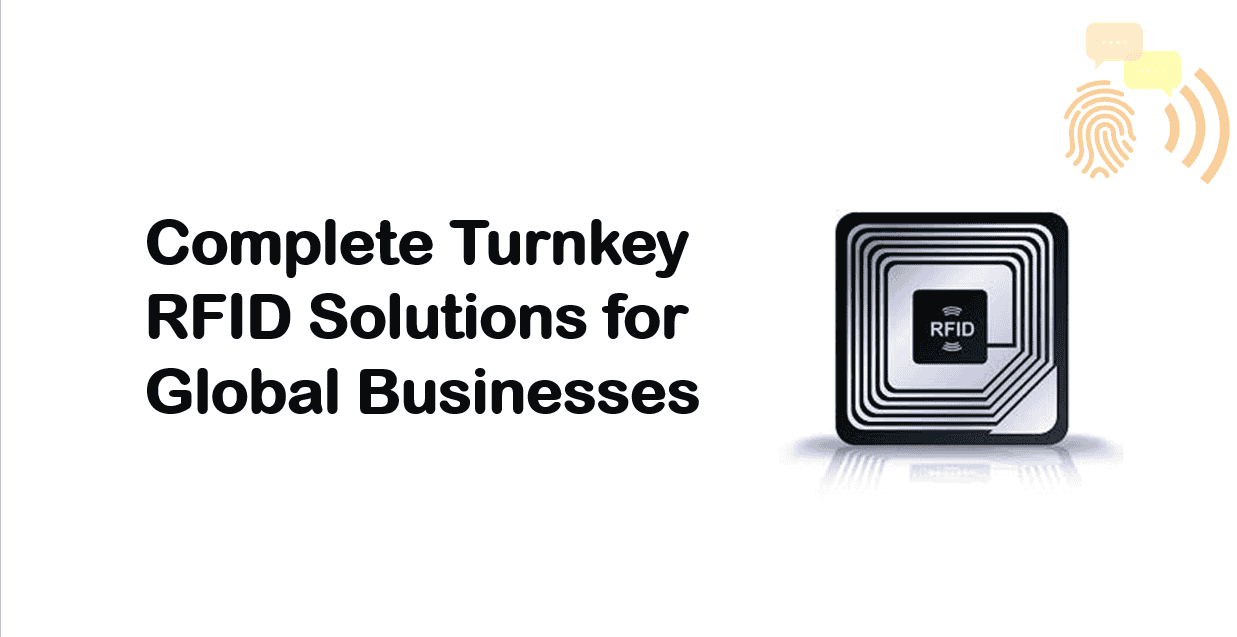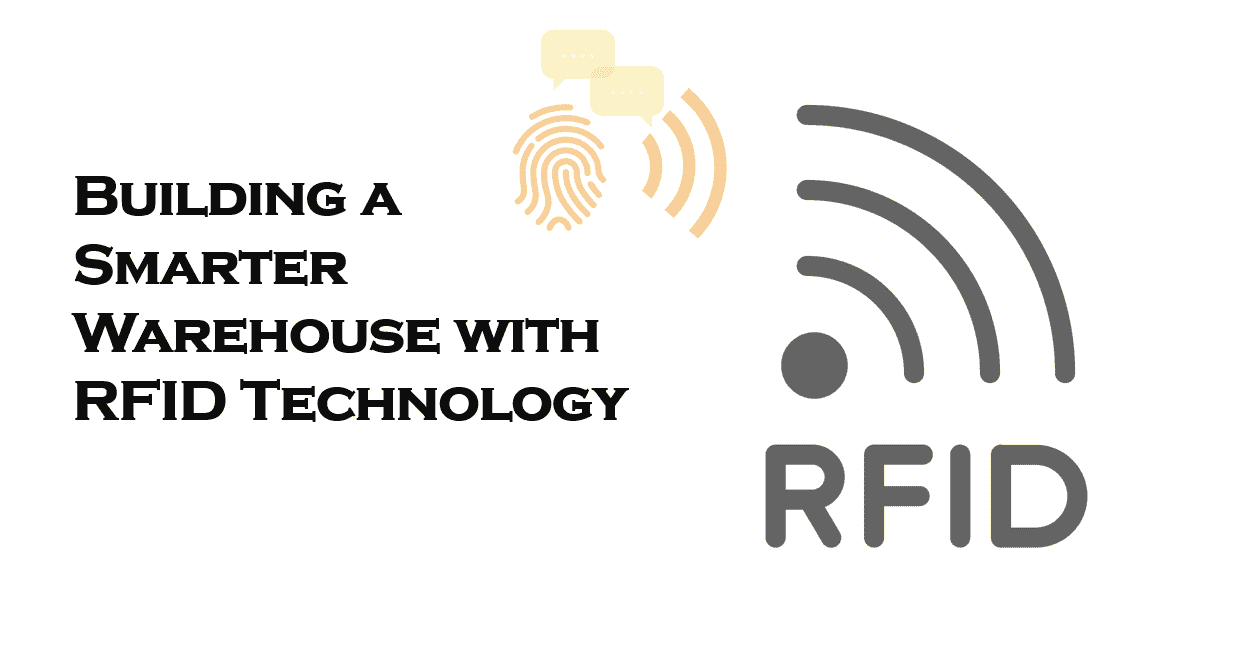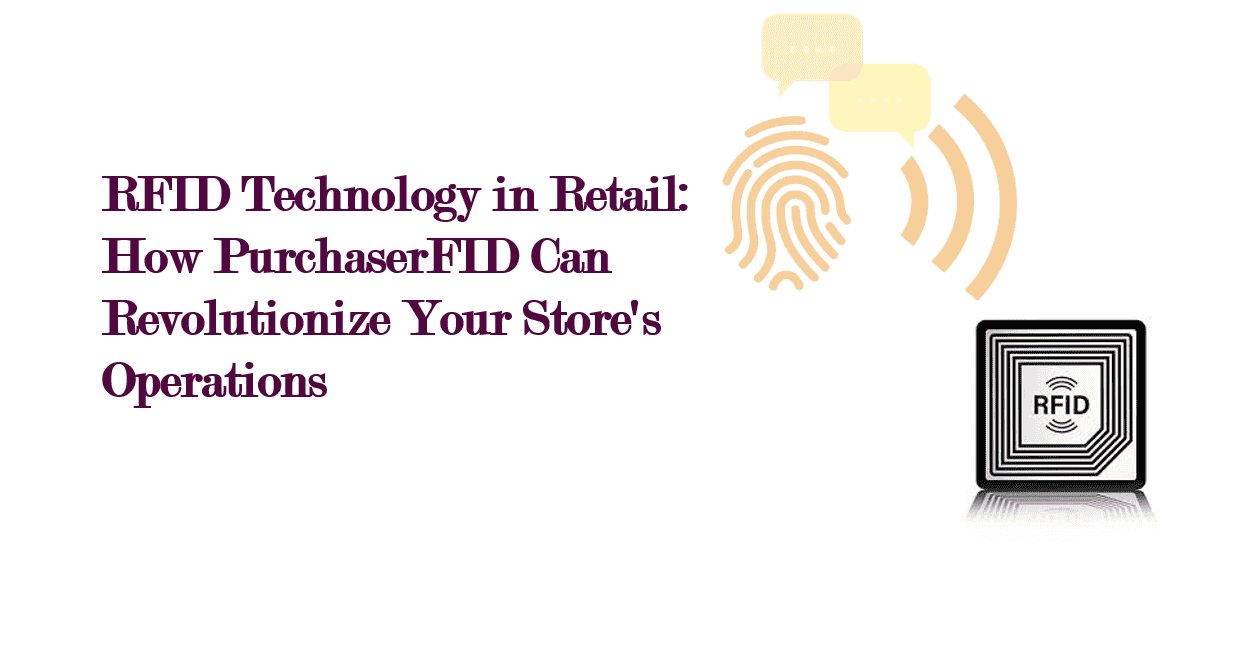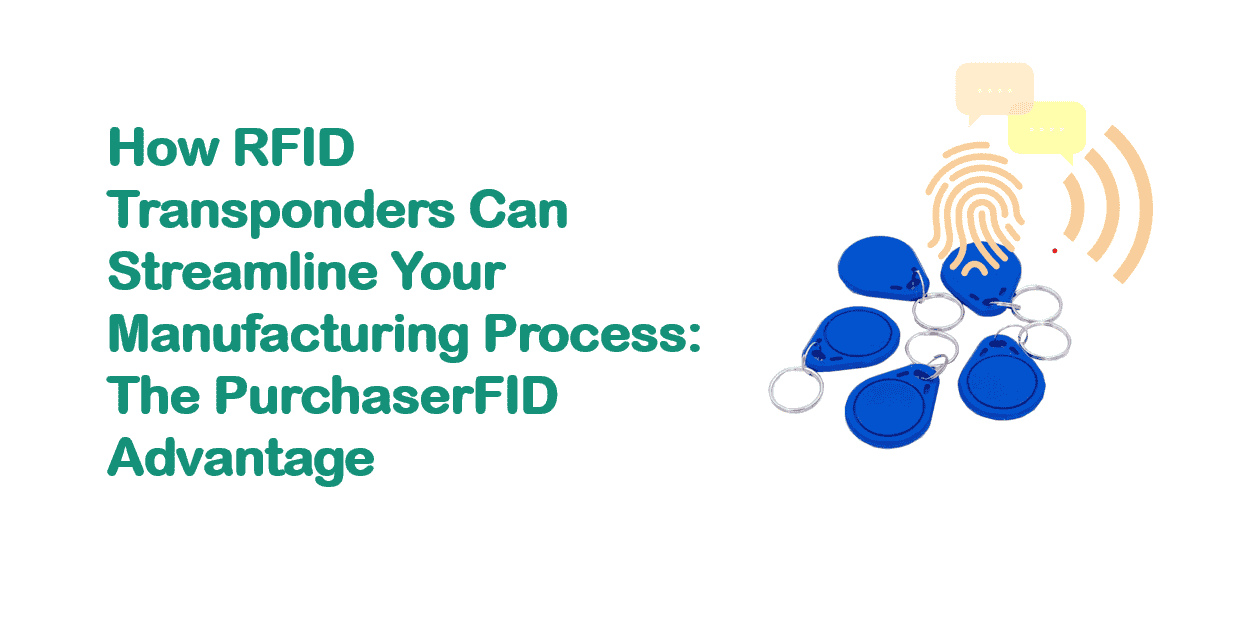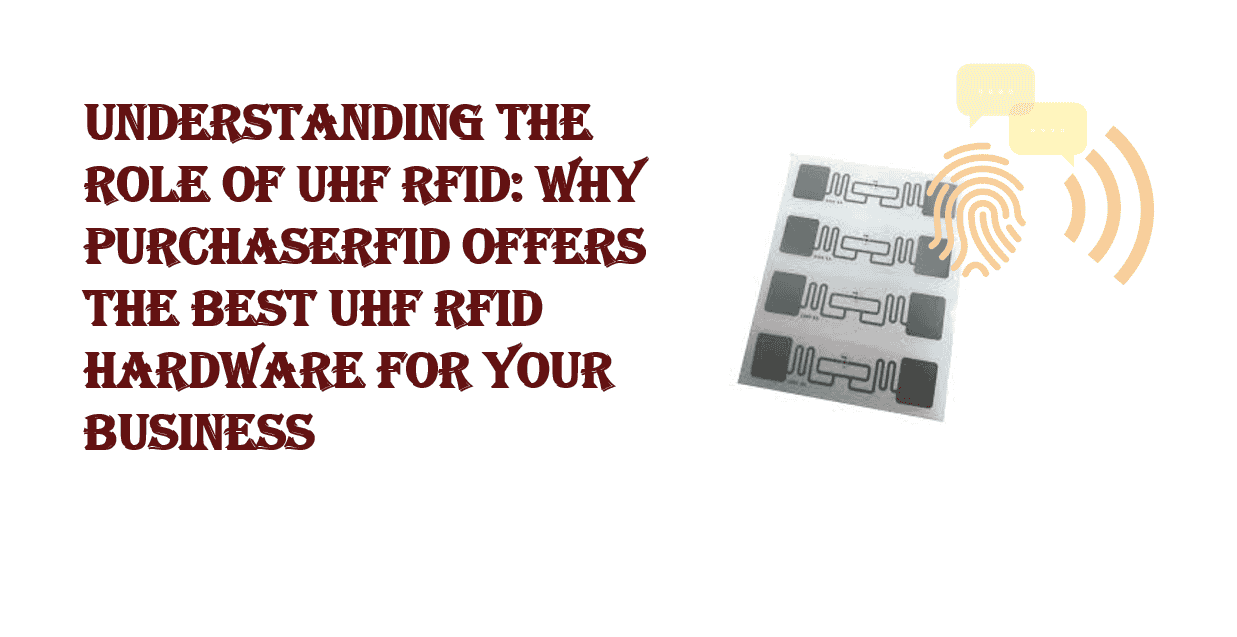RFID vs Barcodes- Why RFID is the Better Solution for Your Business – Insights from PurchaserFID
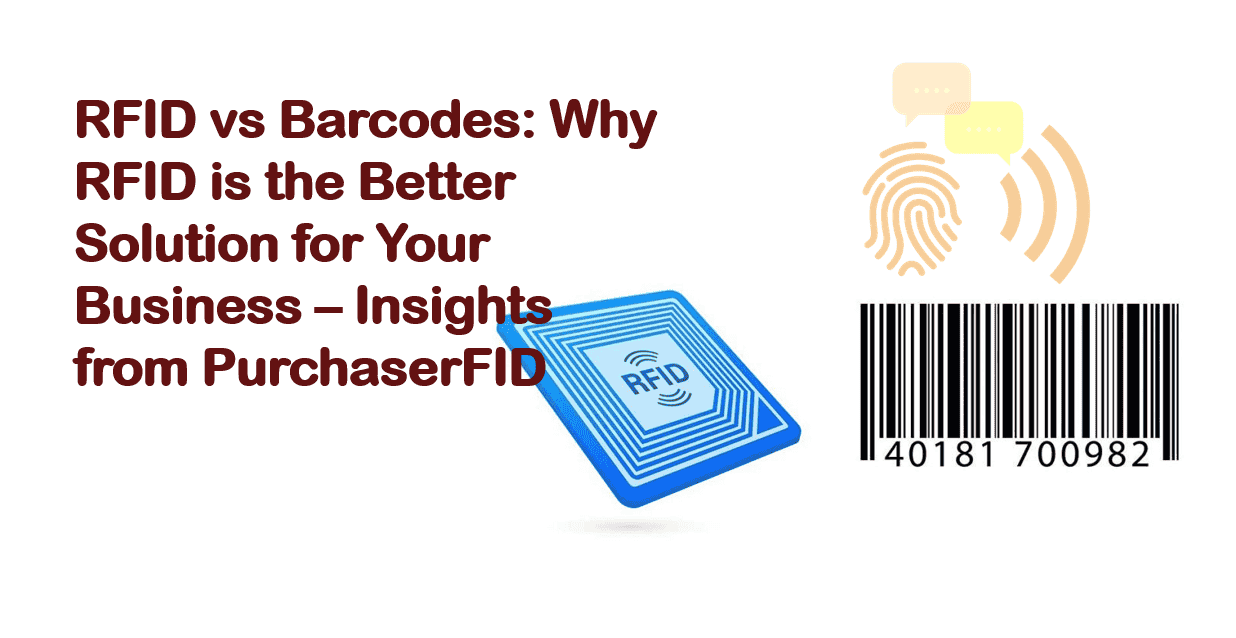
RFID vs Barcodes: Why RFID is the Better Solution for Your Business – Insights from PurchaserFID
In today’s fast-paced, technology-driven business environment, efficient inventory management and tracking systems are vital to staying competitive. Two of the most popular technologies for inventory and asset management are RFID (Radio Frequency Identification) and Barcodes. Both offer valuable benefits, but when it comes to scalability, speed, accuracy, and overall operational efficiency, RFID stands out as the superior choice. In this article, we will compare RFID vs barcodes and highlight why RFID, specifically through solutions like PurchaserFID, is the best choice for businesses looking to enhance their operations.
Table of Contents
- Introduction: Understanding RFID and Barcodes
- What is RFID Technology?
- What Are Barcodes?
- RFID vs Barcodes: A Comparison
- Why Choose PurchaserFID for Your Business?
- Conclusion: RFID is the Future of Asset and Inventory Management
What is RFID Technology?
RFID (Radio Frequency Identification) is a technology that uses radio waves to automatically identify and track objects. RFID tags, which contain microchips and antennas, are attached to items, allowing them to communicate with an RFID reader. These tags do not require line-of-sight to be read, meaning they can be scanned from a distance without being directly visible.
RFID systems come in two main types:
- Active RFID – Powered by a battery and capable of transmitting signals over long distances.
- Passive RFID – Powered by the signal from the reader, which means they do not require a battery but have a shorter range.
What Are Barcodes?
A barcode is a visual representation of data in the form of parallel lines or patterns. Barcodes are scanned by a barcode scanner, which reads the pattern and converts it into a machine-readable format. Barcodes are inexpensive to produce and widely used across various industries.
However, barcodes require direct line-of-sight for scanning and must be manually aligned with the scanner, which can slow down operations and reduce efficiency.
RFID vs Barcodes: A Comparison
1. Ease of Use and Speed
RFID offers a significant advantage in speed and ease of use compared to barcodes. Since RFID does not require direct line-of-sight, it allows businesses to scan multiple items at once, even if they are stacked or hidden from view. This capability drastically improves the speed of inventory management processes, such as stocktaking, which can be a time-consuming task with barcodes.
Barcodes, on the other hand, require manual scanning of each item, one at a time, and must be positioned correctly within the scanner’s view. This limits operational speed and can be cumbersome when dealing with large volumes of inventory.
2. Accuracy and Reliability
RFID provides higher accuracy compared to barcodes. Since RFID tags are read electronically, there is less chance of human error during scanning. Barcodes can be damaged or obscured, causing issues with scanning and data retrieval. On the other hand, RFID tags are more durable and reliable, able to withstand harsh environments, ensuring consistent accuracy.
3. Cost and Maintenance
While RFID tags are more expensive than barcodes, the benefits of RFID technology outweigh the initial investment. Over time, the reduced labor costs, improved accuracy, and time savings can provide a higher return on investment. Additionally, RFID systems require minimal maintenance and are durable enough to last for years.
Barcodes, being inexpensive and easy to implement, may seem like the more cost-effective choice initially. However, the need for regular scanning, potential for errors, and slower processes can add hidden costs over time.
4. Data Capacity
One significant difference between RFID and barcodes is data storage capacity. RFID tags can store much more data than a barcode. Barcodes typically hold limited information, such as product ID and price. In contrast, RFID tags can store additional data like product specifications, manufacturing dates, and detailed tracking information. This is particularly beneficial for businesses that need more detailed information about their assets.
5. Real-Time Tracking and Visibility
RFID technology allows for real-time tracking and monitoring of assets, making it ideal for inventory management in dynamic environments. RFID readers can scan multiple items in seconds, providing up-to-date information about stock levels, product movements, and asset conditions. This real-time visibility is crucial for businesses looking to optimize supply chain management and improve operational efficiency.
In comparison, barcodes are not designed for real-time tracking. While they can track products when scanned, businesses must rely on manual processes to update inventory levels and monitor stock movements, which can lead to delays and inaccuracies.
Why Choose PurchaserFID for Your Business?
PurchaserFID is a cutting-edge RFID solution designed to streamline asset and inventory management for businesses of all sizes. With its advanced features, PurchaserFID offers several advantages:
1. Seamless Integration
PurchaserFID is designed to integrate seamlessly with your existing business systems, whether it's your ERP, CRM, or supply chain software. This ensures smooth data transfer and eliminates the need for complex implementations or system overhauls.
2. Enhanced Security
RFID systems offer more secure tracking than barcodes. PurchaserFID utilizes advanced encryption and security protocols to ensure that your data is protected from unauthorized access. RFID tags are difficult to replicate, which adds an extra layer of security to your assets.
3. Scalability
As your business grows, PurchaserFID scales with you. The system can handle a wide variety of products, assets, and locations, making it a flexible solution that adapts to your changing needs. This is particularly important for businesses looking to expand or diversify their operations.
4. Increased Efficiency
By implementing PurchaserFID, businesses can automate routine tasks, such as inventory audits, stocktaking, and asset tracking. This reduces human error, saves time, and enhances operational efficiency, allowing your team to focus on high-value tasks that drive business growth.
5. Cost Savings Over Time
Although RFID technology, like that provided by PurchaserFID, has an upfront cost, it offers significant long-term savings by improving efficiency, reducing labor costs, and minimizing inventory discrepancies. The system’s ability to enhance data accuracy can also lead to fewer stockouts and overstock situations, further contributing to cost reduction.
Conclusion: RFID is the Future of Asset and Inventory Management
In the debate of RFID vs barcodes, it’s clear that RFID is the more advanced and efficient solution for businesses looking to improve their inventory management and asset tracking. RFID technology, exemplified by PurchaserFID, provides superior accuracy, speed, and scalability, all while offering real-time tracking and enhancing security. By switching to RFID, businesses can streamline operations, reduce costs, and gain a competitive edge in today’s marketplace.
If you’re ready to take your business operations to the next level, consider investing in RFID technology with PurchaserFID for unparalleled tracking and management capabilities.
Related Products
Here are some relevant statistics and facts that can support the article comparing RFID and barcodes, and why RFID (specifically through PurchaserFID) is the better solution for businesses:
RFID vs Barcode: Key Statistics and Facts
-
Speed and Efficiency:
- RFID systems can read 1000+ items per second with the right setup, significantly outperforming barcodes, which require manual scanning of each individual item.
- A study found that RFID-based inventory management systems can reduce inventory processing times by up to 90% compared to traditional barcode-based systems (Source: Journal of Business Logistics).
-
Accuracy:
- RFID technology reduces human error and increases accuracy in inventory management. RFID systems typically have an accuracy rate of 99.9%, while barcode systems can have an accuracy rate as low as 70-80% due to issues like misalignment or damage (Source: Vanderbilt University).
- A report by the Gartner Group found that businesses using RFID saw a 50-70% reduction in stock discrepancies.
-
Cost-Effectiveness:
- Although RFID tags are more expensive than barcodes, with passive RFID tags costing around $0.10 to $1 each versus barcodes costing less than $0.01, the overall operational cost savings in labor and time make RFID a more cost-effective solution over the long term. In fact, companies can see a ROI on RFID investments in as little as 6 to 12 months (Source: Supply Chain Quarterly).
-
Real-Time Tracking and Visibility:
- RFID systems enable real-time tracking, giving businesses the ability to know where their assets or inventory are at any given time. According to a report by Zebra Technologies, businesses using RFID technology reported a 15-25% increase in visibility and real-time monitoring compared to barcode systems.
- With RFID, businesses can automate inventory tracking, reducing time spent manually checking stock levels. RFID solutions can track assets even if they are hidden, stacked, or placed in hard-to-reach locations.
-
Durability of RFID Tags:
- RFID tags are more durable and can withstand harsh conditions. For example, RFID tags can endure temperatures ranging from -40°C to +85°C and can resist moisture, dirt, and other environmental factors, unlike barcodes, which are prone to wear and tear (Source: TagSys).
- RFID tags can be embedded into products and assets, and they function in challenging environments such as warehouses, outdoor storage, and production facilities.
-
Inventory Accuracy and Stock Management:
- A study by IBM showed that companies using RFID technology experienced an average of 20% improvement in inventory accuracy compared to those using traditional barcode scanning systems.
- RFID’s ability to track items at a granular level has helped businesses reduce stockouts and overstocking, improving overall inventory efficiency and customer satisfaction.
-
Growth in RFID Adoption:
- RFID adoption is on the rise across various industries. The global RFID market size was valued at $10.51 billion in 2023 and is expected to grow at a CAGR (compound annual growth rate) of 14.3% from 2024 to 2030 (Source: Grand View Research).
- Retailers using RFID saw a 20% improvement in sales after implementing RFID-based inventory management (Source: McKinsey & Company).
-
Scalability and Integration:
- RFID systems are scalable and can be adapted to a variety of business sizes. The systems grow with your business, offering flexibility that barcode systems often lack. RFID can seamlessly integrate into existing enterprise systems such as ERP and WMS (Warehouse Management Systems), allowing businesses to streamline operations and eliminate data silos.
-
Security:
- RFID technology provides enhanced security. Since RFID tags cannot be easily replicated or tampered with, they provide more secure asset tracking than barcodes, which are prone to counterfeit or damage. RFID tags, especially active RFID, can include encryption for added security (Source: Security Magazine).
